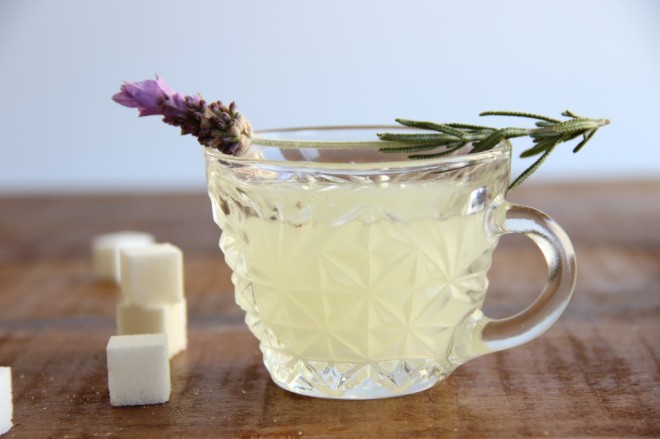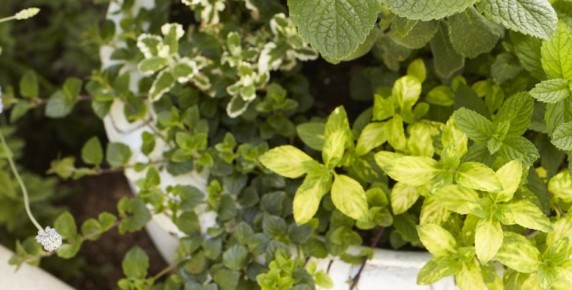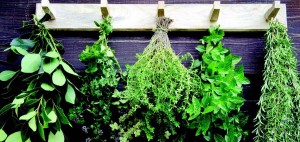
- 1 cup butter
- 4 ounces unsweetened chocolate, chopped
- 2 cups sugar
- ¼ cup fresh mint leaves (I used about 8 leaves)
- 4 large eggs
- 1½ cups flour
- ½ teaspoon salt
- 2 tablespoons bourbon
- 4 ounces unsweetened chocolate, chopped
- 1 stick butter, softened
- 3½ cups confectioners’ sugar
- 3-4 tablespoons milk
- 1 teaspoon vanilla extract
- ¼ teaspoon salt
Instructions
- Preheat oven to 350 degrees.
- Place 1 cup (2 sticks) butter and chopped chocolate in a medium heavy-bottomed saucepan. Heat over low heat, stirring frequently, until both butter and chocolate are melted. Set aside and let cool for about 5 minutes.
- Combine sugar and mint in a food processor and pulse until mint is finely chopped and incorporated into the sugar.
- Place eggs and mint sugar in a large bowl and whisk together well.
- Gradually whisk in chocolate/ butter mixture.
- Whisk in flour, salt, and bourbon.
- Pour into a lightly greased 9X13-inch pan. Bake 25-28 minutes. Let cool before frosting.
- To make frosting, melt chocolate in a small, heavy bottomed saucepan over low heat. Let cool for 5-10 minutes.
- Using an electric mixer, beat butter and sugar together. Add 3 tablespoons milk and beat, stopping to scrape down the sides, until smooth.
- With mixer on low, slowly add chocolate and then beat on medium until mixed well.
- Mix in vanilla extract and salt and add an extra tablespoon of milk if frosting is too thick.
- Spread frosting on brownies.



